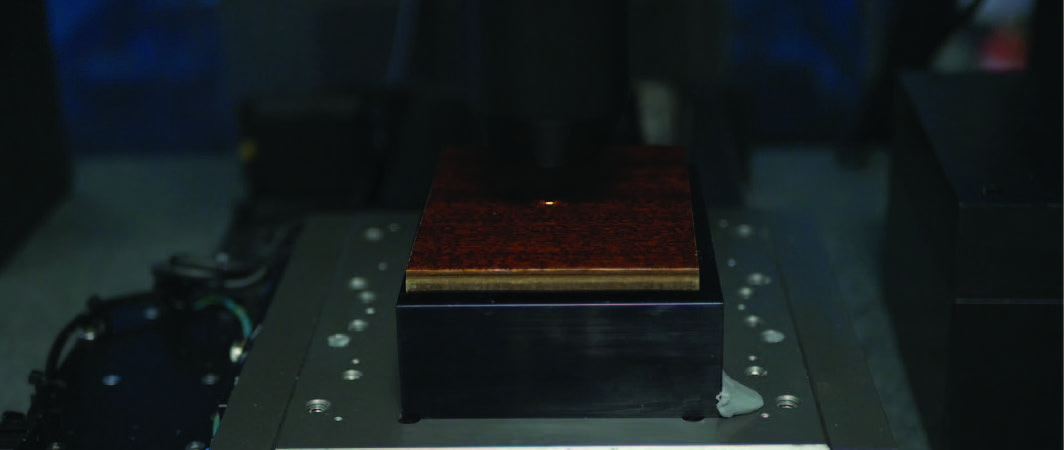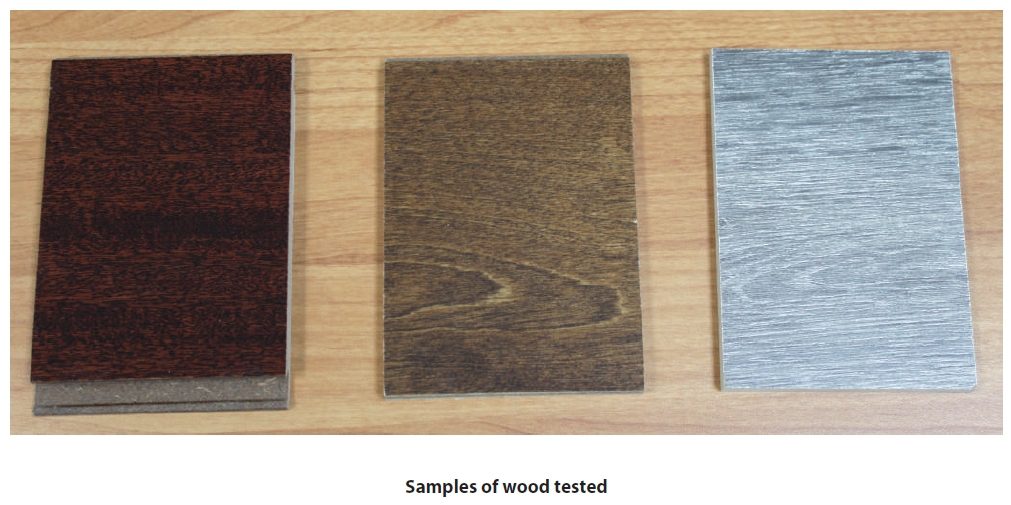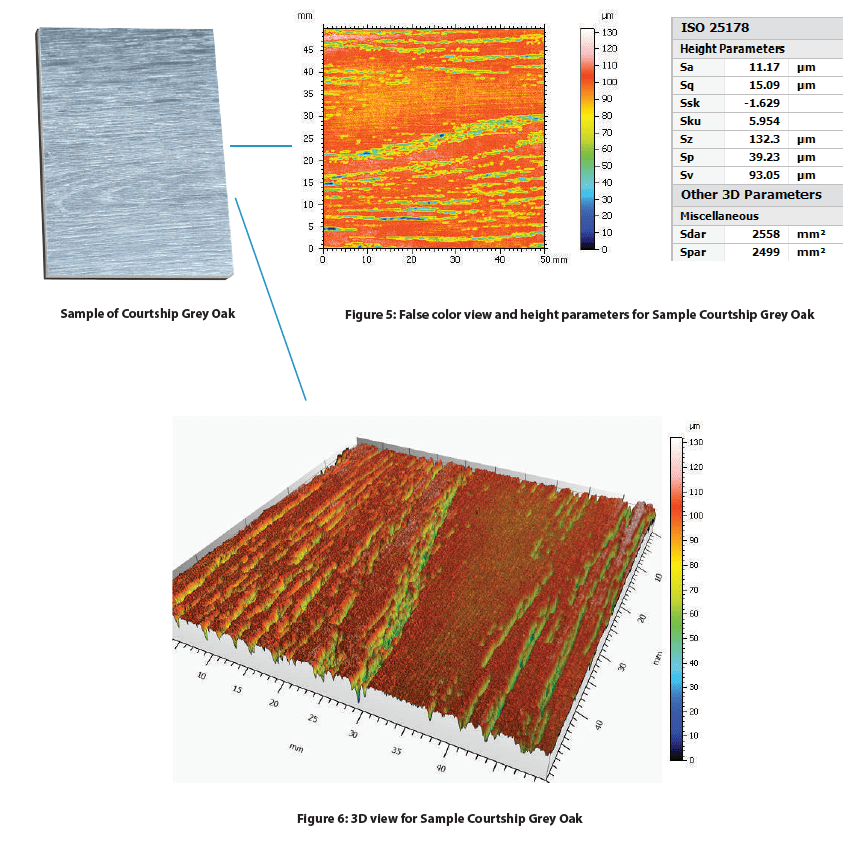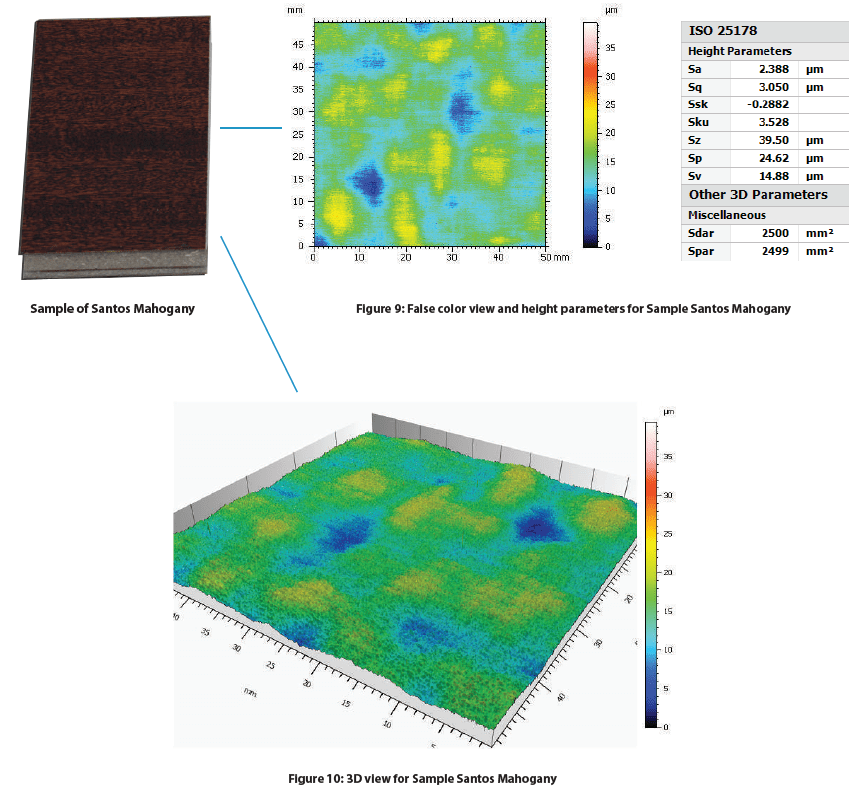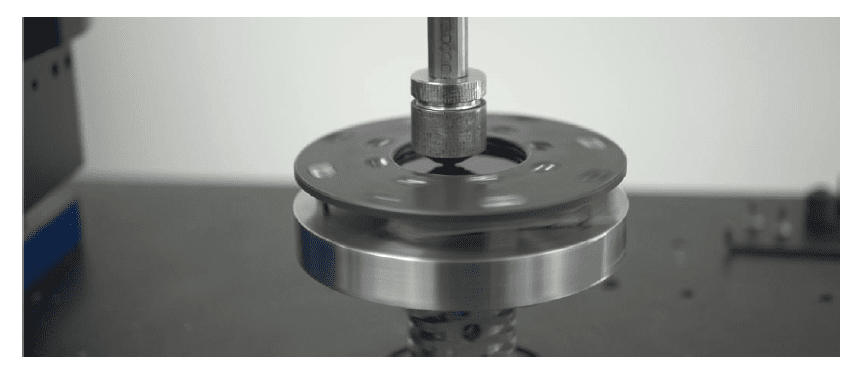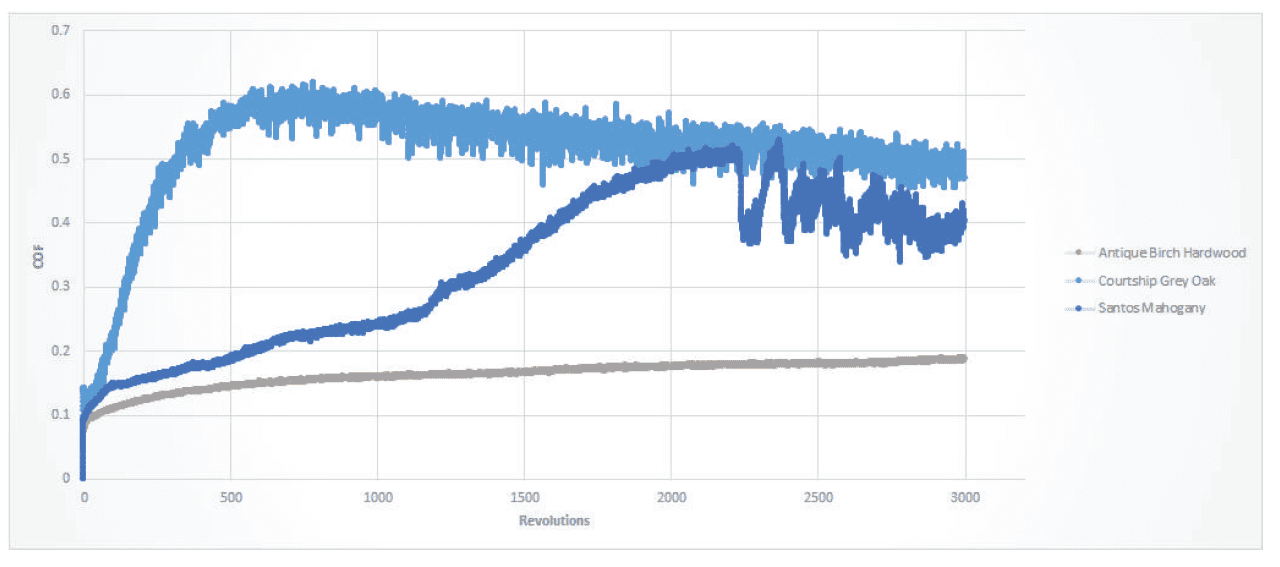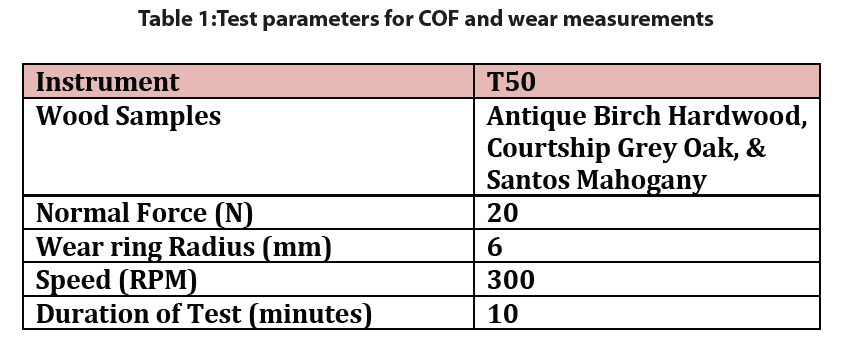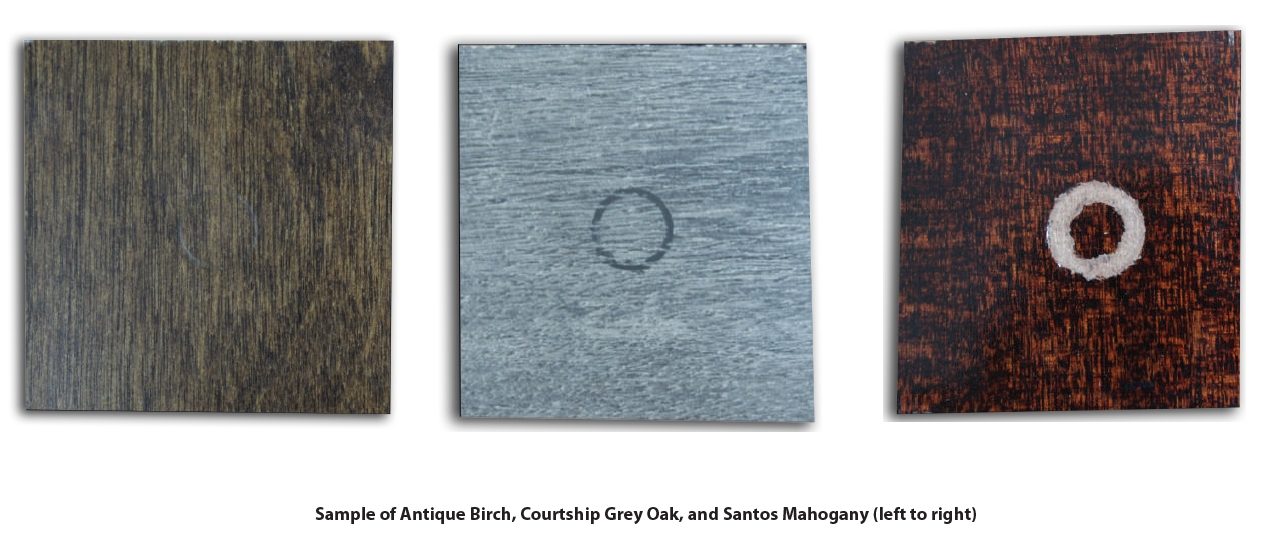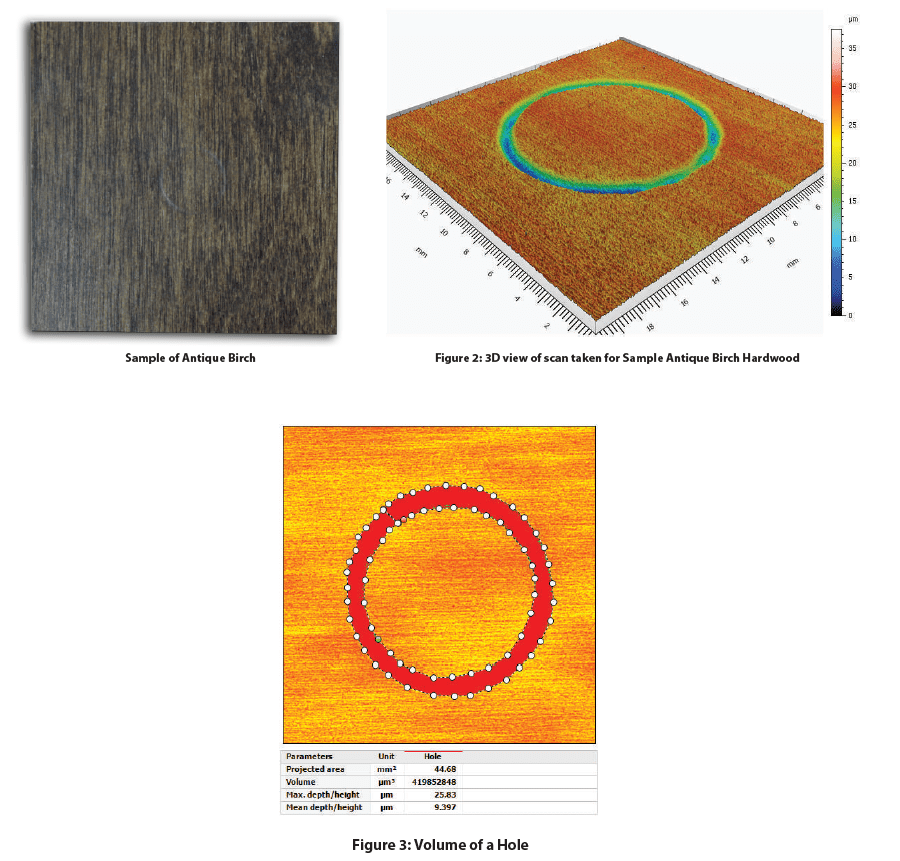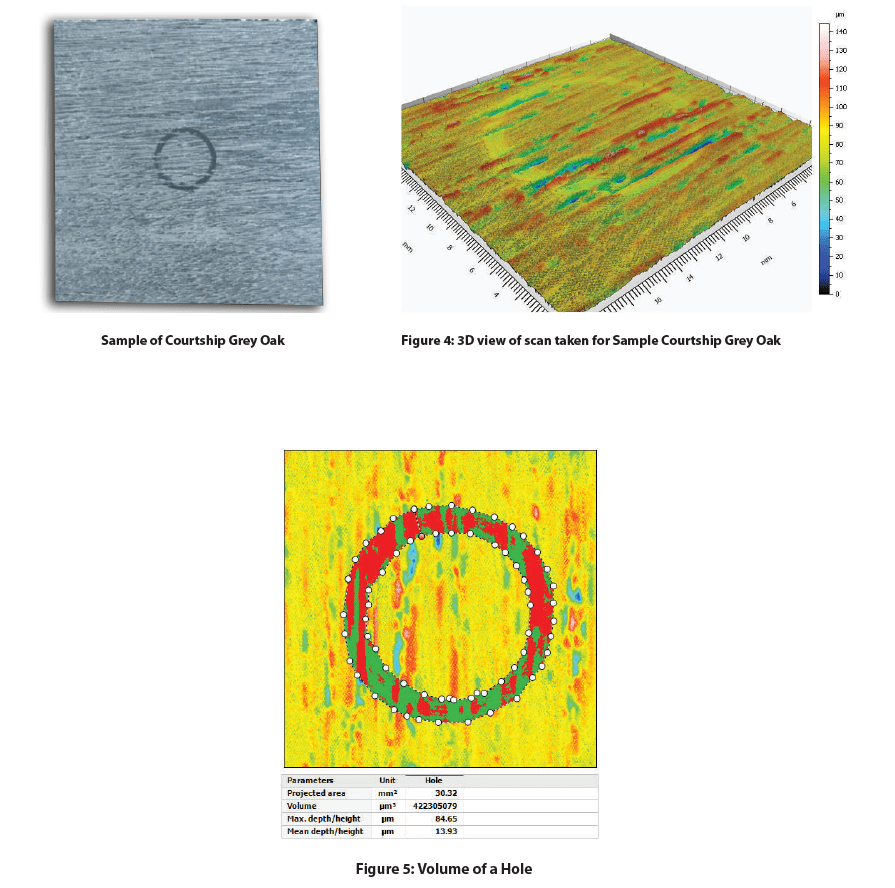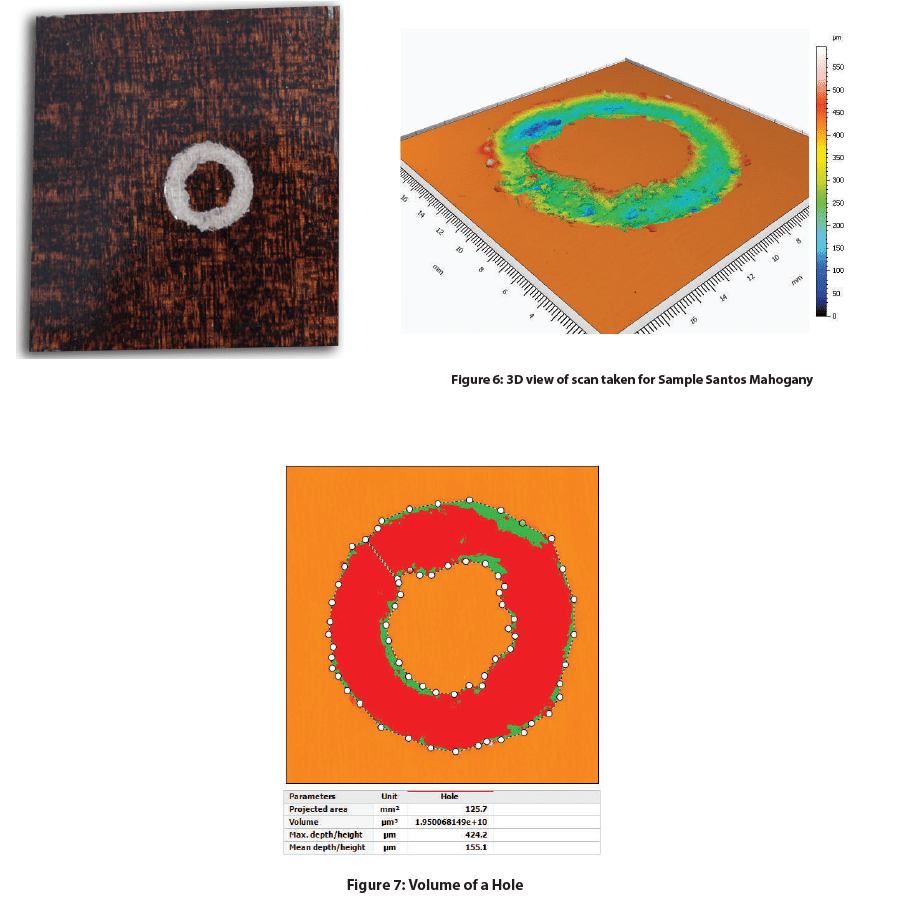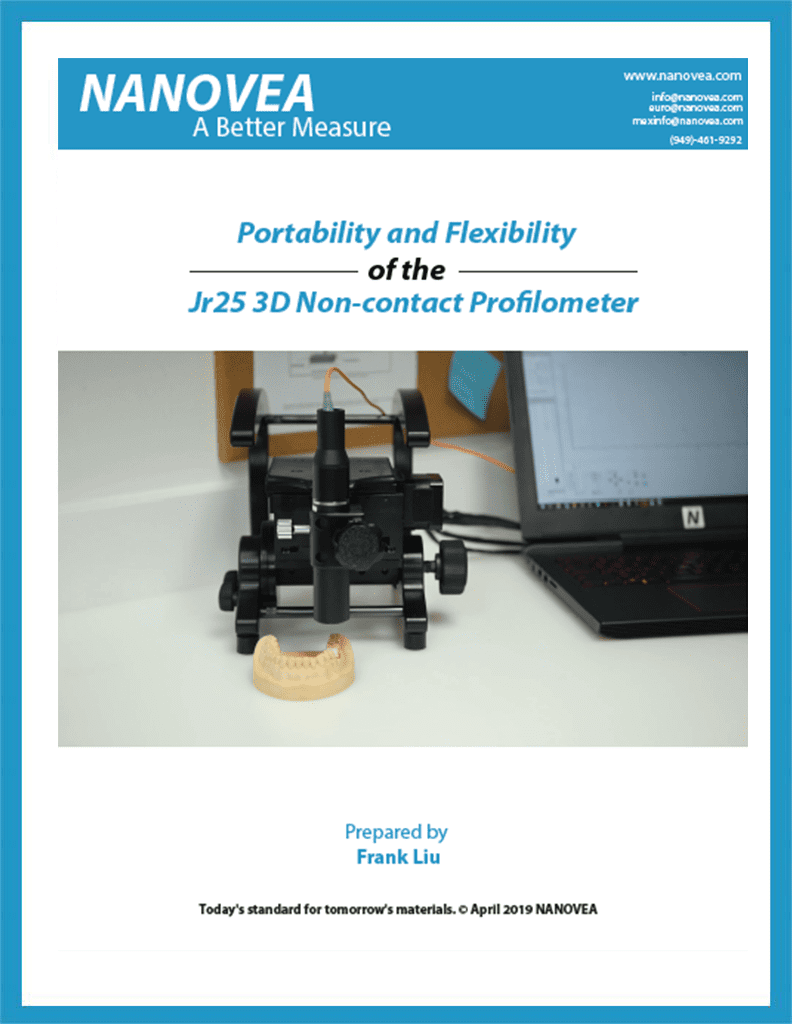Category: Profilometry | Texture and Grain
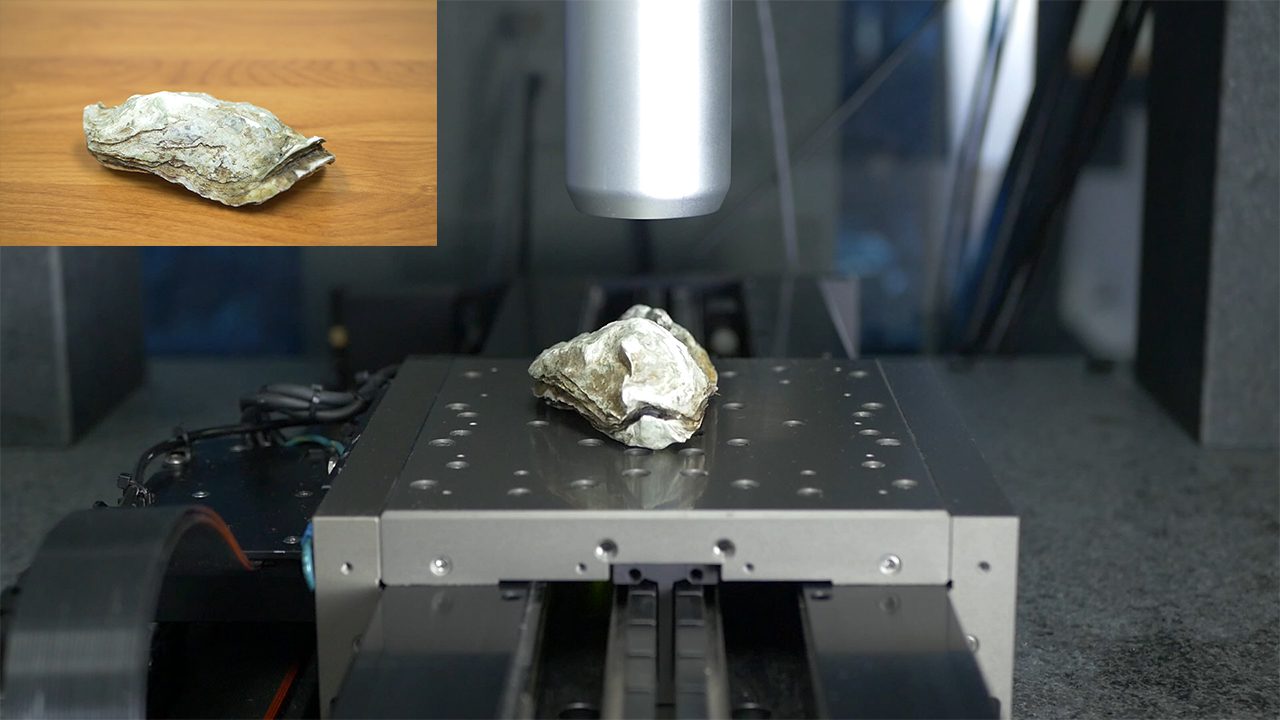
High Speed Characterization of an Oyster Shell
Large samples with complex geometries can prove difficult to work with due to sample preparation, size, sharp angles, and curvature. In this study an oyster shell will be scanned to demonstrate the Nanovea HS2000 Line Sensor’s capability to scan a large, biological sample with complex geometry. While a biological sample was used in this study, the same concepts can be applied to other samples.

Surface Finish Inspection of Wood Flooring

Wood Wear Test with the Nanovea Tribometer

Portability and Flexibility of the Jr25 3D Non-contact Profilometer

Textile Abrasion Wear By Tribometer
The measurement of textile abrasion resistance of fabrics is very challenging. Many factors play a role during the test, including the mechanical properties of the fibers, the structure of the yarns and the weave of the fabrics. This may result in poor reproducibility of test results and create difficulty in comparing values reported from different laboratories. Wear performance of the fabrics is critical to the manufacturers, distributors, and retailers in the textile production chain. A well-controlled quantifiable and reproducible Tribometer wear resistance measurement is crucial to ensure reliable quality control of the fabric production.
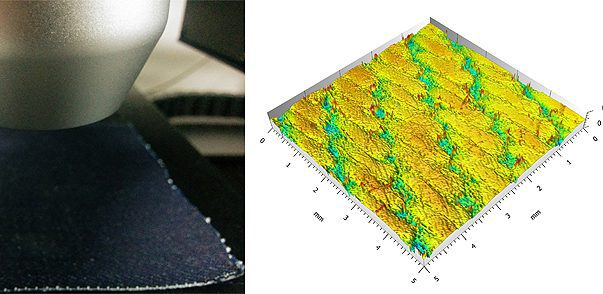
Textile Texture Measurement Using 3D Profilometry
Understanding textile texture, consistency and patterns of the fabrics allows the best selection of processing and control measures. Traditional stylus-based profilometers determine the surface morphology of the coatings by sliding in contact across the measured surface, which may deform the soft fabric and induce inaccurate measurement. The Nanovea 3D Non-Contact Profilometer utilize chromatic confocal technology with unmatched capability to provide a comprehensive analysis of the surface feature of fabrics, making it an ideal tool for reliable product inspection and quality control.

Drywall Texture & Pitting Using 3D Profilometry
Drywall texture and roughness is critical in the final products quality and appearance. A better understanding of the effect of surface texture and consistency on the moisture resistance of the coated drywall allows selecting the finest product and optimizing the painting technique to obtain the best result. Quantifiable, fast and reliable surface inspection of the coating surface is in need for quantitative evaluation of the surface quality. The Nanovea 3D Non-Contact Profilometers utilizes chromatic confocal technology with unique capability to precisely measure the sample surface. The line-sensor technique can finish scanning a large drywall surface in minutes.
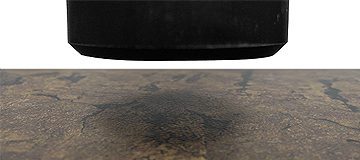
Texture Consistency Measurement Using 3D Profilometry
In this application the Nanovea ST400 Profilometer is used to measure the texture consistency of linoleum flooring. The intended surface texture here should be a repetitive structure with the same relative size. Measuring a small area should show how consistent this texture is being produced.

